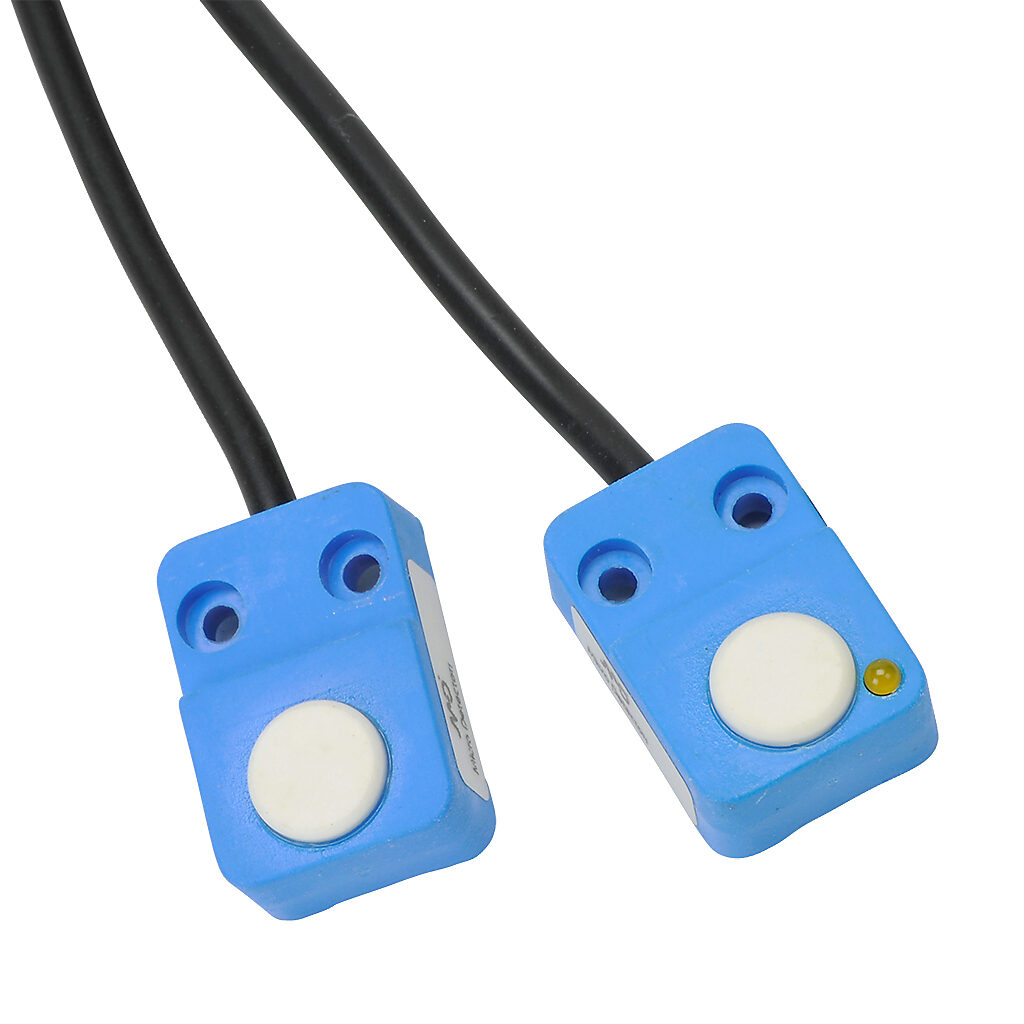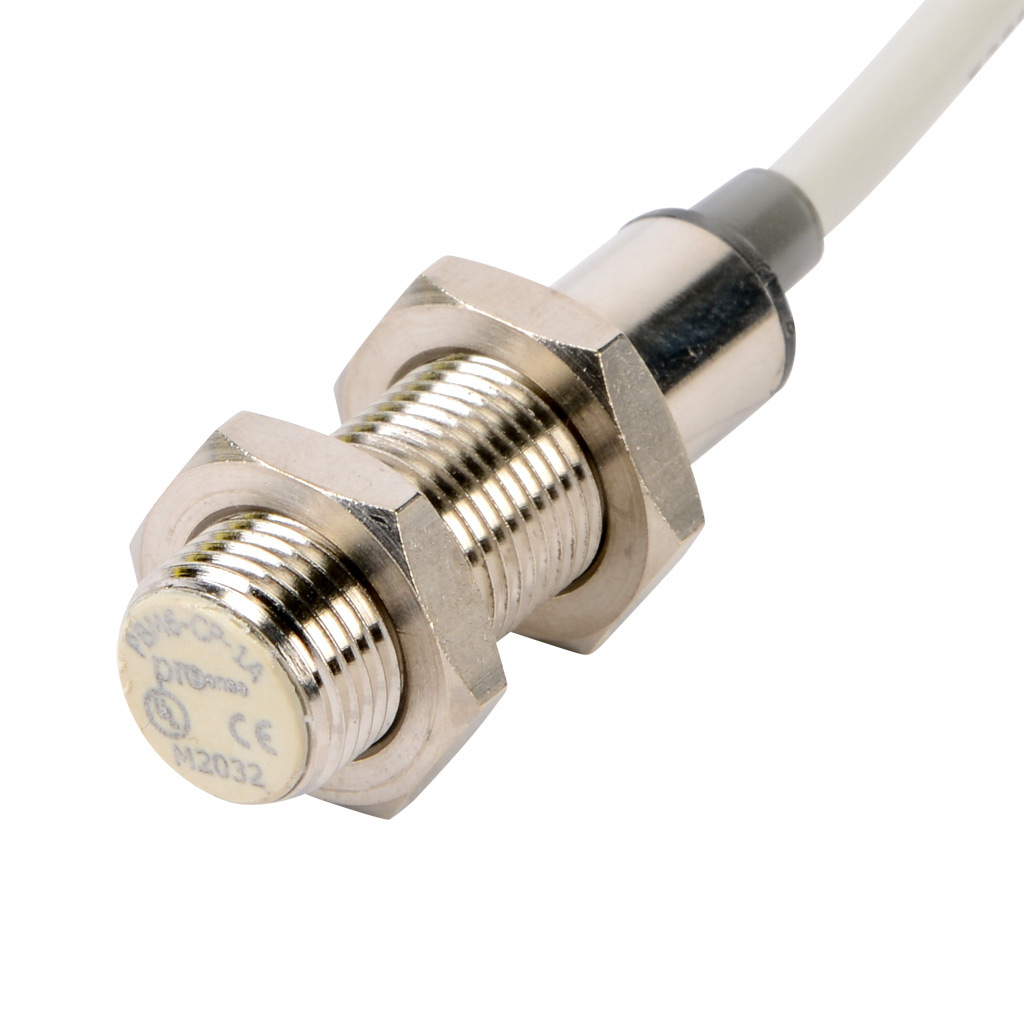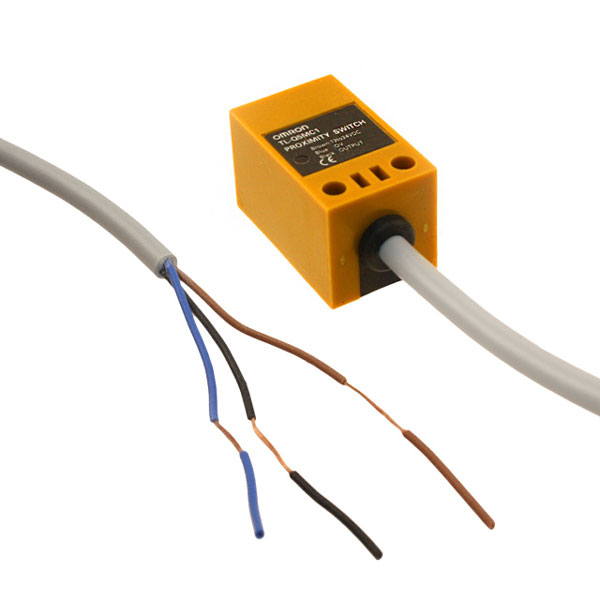


In a printing application, feedback from the encoder activates a print head to create a mark at a specific location.In a precision servo label application system, the encoder signal is used by the PLC to control the timing and speed of bottle rotation.On railroad-car lifting jacks, precision-motion feedback is provided by encoders, so the jacks lift in unison.

In an observatory, the encoders tell actuators what position a moveable mirror is in by providing positioning feedback.In a cut-to-length application, an encoder with a measuring wheel tells the control device how much material has been fed, so the control device knows when to cut.A control device can use this information to send a command for a particular function. Simply put, an encoder is a sensing device that provides feedback. Encoders convert motion to an electrical signal that can be read by some type of control device in a motion control system, such as a counter or PLC. The encoder sends a feedback signal that can be used to determine position, count, speed, or direction.


 0 kommentar(er)
0 kommentar(er)
